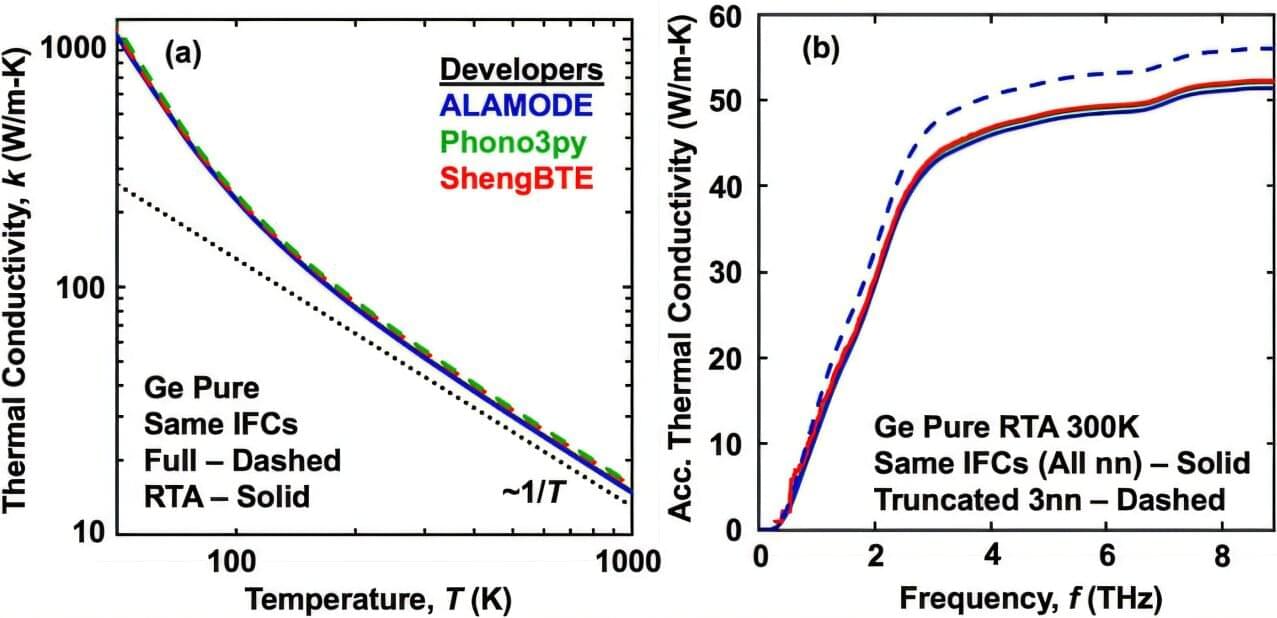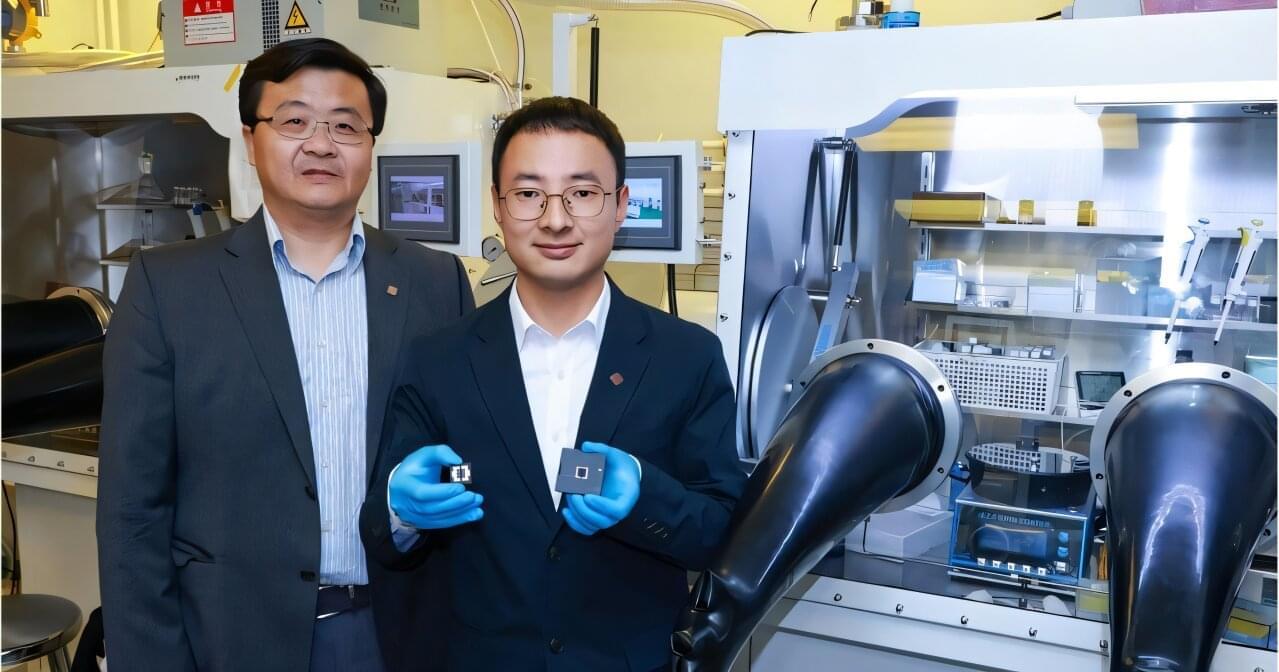Mechanical Engineering Professor Alan McGaughey of Carnegie Mellon University recently coordinated the Phonon Olympics, bringing togetherAlthough there’s no medal at the end of the Phonon Olympics, for McGaughey, the collaboration required to evaluate the accuracy of three widely used open-source thermal conductivity calculation packages was worth more than gold.
For the last decade, researchers seeking to understand the properties of new materials have turned to open-source packages to perform thermal conductivity calculations. These packages enable a broader community to study thermal transport, but until now users had no way of knowing whether or not each package would produce consistent and accurate results.









